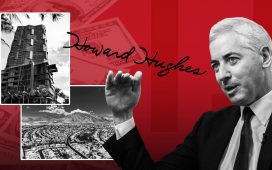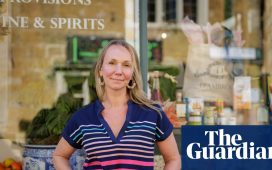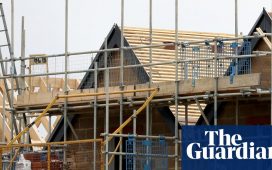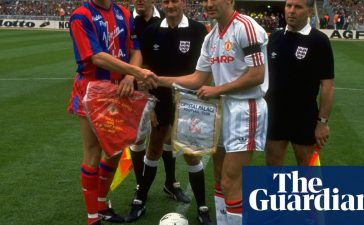In a sea of income-generating exchange-traded funds, BlackRock ‘s actively managed Flexible Income ETF (BINC) seeks to stand out with a multisector approach that balances high quality and high yield. It doesn’t hurt that the fund is being run by Rick Rieder, chief investment officer of fixed income, who oversees $2.8 trillion in fixed income assets for the firm. The ETF, which has a 5.49% 30-day SEC yield, seeks to maximize income and provide investors with access to harder-to-reach sectors. “The way we built this portfolio is marrying high yield, investment-grade credit, agency mortgages and securitized [products],” Rieder said in an interview. This mixture of high quality and higher-yielding assets also help tamp down volatility, he added. BINC mountain 2023-05-23 BINC’s performance since May 23, 2023. The fund debuted on May 23. Since then, it has had a total return of more than 6%, according to FactSet. BINC now has about $621 million in assets and a net expense ratio of 0.40%. Morningstar, which named BINC one of the best new ETFs of 2023 , called the expense ratio a “welcomed reprieve from the higher fees for investor share classes of Rieder’s mutual funds.” Rieder was also crowned Morningstar’s outstanding portfolio manager of 2023. Rieder thinks investors are turning to the fund as they recognize that short-term yields are only going to be at these levels for a brief period of time. The Federal Reserve has indicated it will cut rates this year , although Rieder thinks the central bank is in no rush to get started. “I think people realize … if you can clip a lot of yield, if it’s not a lot of volatility, and with the rates coming down, you can get some really nice return on it,” he said. Rieder anticipates the fund can reach a total return of 9% as rates come down. He also nodded to BlackRock’s deep experience in unconstrained bond strategies. “People have a sense for how we manage the risk,” he said. “People see a lot of the same things we’re doing in those funds and are looking to get yield.” Managing exposure The ETF has an average credit rating of BBB+. The fund’s management team is made up of six members, Rieder said, but they also rely on BlackRock’s experts around the globe. For instance, if the management team wants to reach a 9% allocation in U.S. investment-grade corporates, it will ask for recommendations on the best opportunities within that space. “There’s a back and forth on what they’re seeing, what we like,” Rieder said. “We spent a lot of time on correlations.” BINC’s largest holding is high-yield corporate bonds, followed by securitized products and investment-grade corporates. “If you take the credit quality of areas like high yield or investment-grade credit, they’re better than they’ve ever been … but you’re actually getting the yields that are more attractive than historically,” Rieder said. “Default rates are going to tick up a little bit, but they’re still historically low,” he added. Within its high-yield allocation, 22.2% is in U.S. debt and 16.1% is in European and British debt. Rieder said he’s investing more in European high yield these days because of the strong U.S. dollar. “You can get somewhere between 150 and 200 basis points additional yield as a dollar investor,” he said. “That is really attractive — and European high yield is cheaper than U.S.,” he said. In U.S. high yield, single-B-rated debt is the most attractive, the investor said. “Single Bs is where you’re getting some yield. We’re not worried about defaults in that space at all,” Rieder said. “So that’s sort of the sweet spot … you’re up a little bit higher quality, a little shorter on the yield curve.” He’s also sticking to higher-quality securitized assets. Some 12% of the securitized products pie is in collateralized loan obligations and 11% is in commercial mortgage-backed securities. Within the emerging markets allocation, the fund leans higher quality — like Mexico, Brazil, Indonesia — to manage volatility. Agency mortgage-backed securities help the fund with liquidity, he said. Belly of the curve Much of the ETF’s assets have a duration of three to seven years. “There’s real upside of buying in the belly of the curve. And by the way, with the curve situated where it is, you’re getting a lot of yield in the belly,” Rieder said. As the year goes on, he’ll watch how things develop and what the shape of the curve looks like. “We could get to a place where all of a sudden you get the right pricing on the front end and we could shift some of our duration more into the front end of the curve,” he said.











